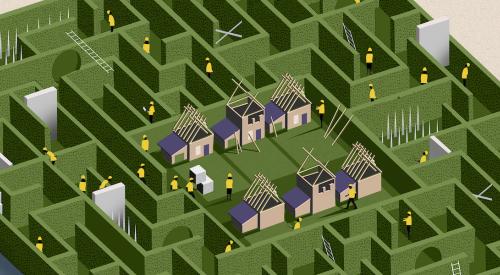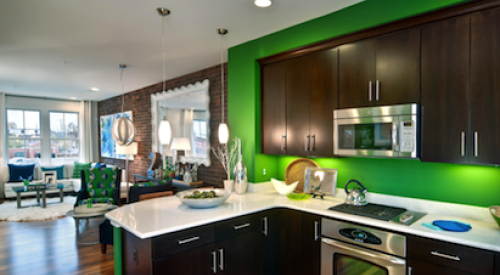| Give community members the tools they need to evaluate options and talk about their concerns in a comfortable atmosphere. Listen carefully and counter emotional outbursts with rational explanations. Image courtesy of Farr Associates Architects and Urban Design
|
Infill housing is on the rise - 16 of the 20 largest U.S. cities grew in population in the last decade, according to the 2000 census. Cities are again places where people want to live, work and play, and buyers of all ages are trading suburban traffic for city excitement and convenience. A handful of builders are successfully answering the call back to the cities, but many more aren't sure how to break into the boom.
For many builders, especially those accustomed to suburban development, urban infill is a whole new ballgame with unique challenges - not the least of which is overcoming strong coalitions of outspoken NIMBYs. Community opposition to new housing in or near established neighborhoods can be daunting.
New in-town developments often are associated with bringing new people, higher densities, congestion - change - to a neighborhood. There are ways, however, to engage members of the surrounding communities and create projects that are accepted and integrated into existing neighborhoods.
|
|
|
|
|
|
|
|
|
|
|
Atlanta
Glenwood Park. Even if a site is an eyesore the community wants gone, expect people to want a say in what replaces it. |
|
Minneapolis
Hiawatha & 46th Street Station. Once neighbors realized change was inevitable, they collaborated to shape the change that was most desirable. Image courtesy of Farr Associates Architects and Urban Design |












